Laverda’s glamorous Jota is as unruly the ’70s said it would be
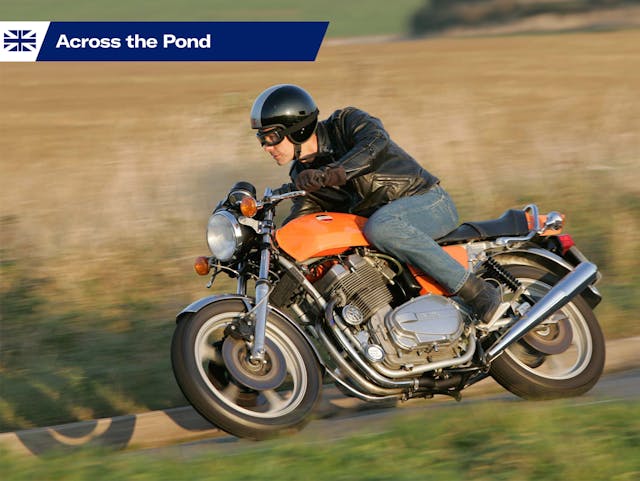
Although weights, measures, and currency are adjusted for a U.S. audience, colloquialisms and contextual references reflect this story’s origin on our sister site, Hagerty UK.
Italy’s motorcycle industry is on a roll right now. Ducati has just won the MotoGP title, Aprilia’s bikes have been impressing on road and track, and Moto Guzzi has launched its first liquid-cooled V-twin, the V100 Mandello. Recently troubled marques Benelli, Bimota, Fantic, and Mondial have been revived and are building exciting machines.
But one old favorite remains abandoned and ignored, more than four decades after it was famed for producing arguably the world’s fastest and most glamorous superbike. Laverda was a small firm from Breganze, near Vicenza in Italy’s northeast. Its flagship was the mighty Jota, a 981cc triple that combined handsome looks with all-conquering performance and an unruly reputation.
That reputation was well deserved, on the evidence of a blast on this particular example, resplendent in the company’s favored orange paintwork. My charge along traffic-free Suffolk country lanes was exhilarating, the sort of ride that forged the Jota legend.
Whenever I wound open the throttle, the result was fierce acceleration, hand-numbing vibration through the low clip-on bars, and a howling three-cylinder soundtrack from the exhaust. Through the bends, the Laverda’s firm ride shook my kidneys and sometimes made me feel as though I were trying to hang onto an uncontrollable wild animal.
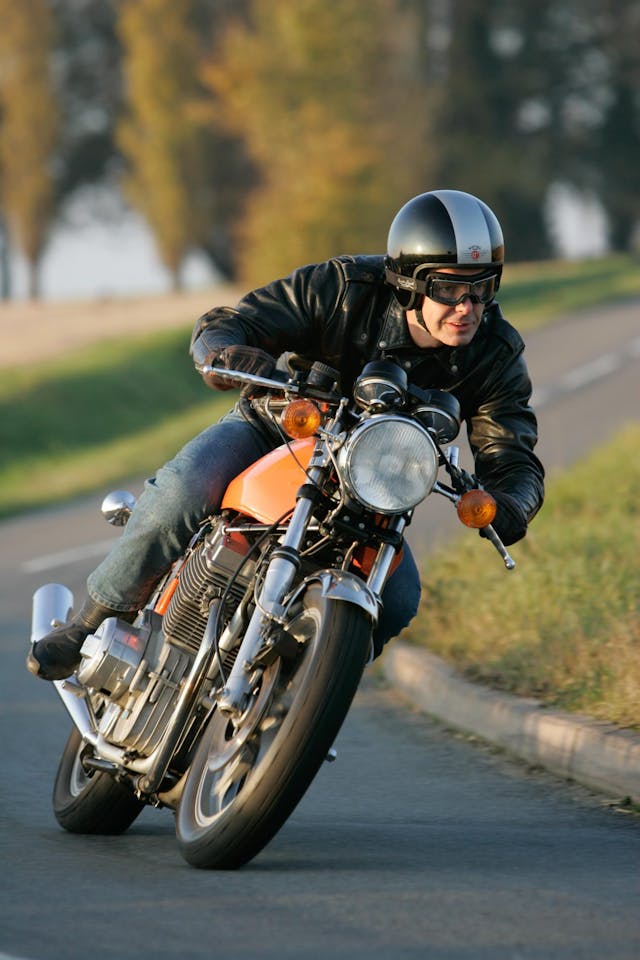
That image of brutal power accompanied by marginal handling helped make Jota one of the iconic superbikes of the ’70s. It was certainly one of the fastest. With a top speed of 140 mph, it had a strong claim to have displaced Kawasaki’s Z1000 as the king of the road following its launch in 1976.
And there was much more to the Jota than merely speed. It combined Italian character, design flair, and chassis rigidity with ruggedness and reasonable sophistication. And it was born not in Breganze but in Herefordshire—by brothers Richard and Roger Slater, Laverda’s U.K. importers.
The Slaters were going production racing with Laverda’s 3CL triple and tuned its double-overhead cam, air-cooled engine with high-lift camshafts and high-compression pistons, as used by the factory’s endurance racers. Free-breathing pipes helped raise power output over 88 hp at 8000 rpm. The brothers offered the tuned triple as a fresh model that they named the Jota, after a Spanish dance in three-four time.
Its impact was spectacular. The Jota’s newfound power made it unbeatable in a straight line. And although the big Laverda required plenty of muscle to change direction, and could weave at high speed, its reasonably stiff frame and taut suspension gave very competitive cornering performance.
That was confirmed on the racetrack, where the Slaters’ rider, Peter “PK” Davies, wrestled a Jota to three National production race championships in the late ’70s. The Jota sold well in the U.K. too, despite its high price, prompting the Laverda factory to produce a similar model for other markets including the U.S.
The Jota’s reputation for wildness was exaggerated; previous examples I’ve ridden have been more rider-friendly than this gorgeous but not fully sorted example. That said, the triple was certainly best suited to riders physically big and strong enough to cope with its stretched-out riding position, tall seat, and hefty wet weight of 522.5 pounds.
That potent twin-cam motor was always the Jota’s main attraction, the key to both its speed and its barrel-chested look. That was certainly true of this very clean machine, borrowed from classic dealership Made in Italy. First registered in 1980, it made do without the half-fairing that the model often wore by that time.
The powerplant fully lived up to expectations, too. It started at the press of the button (Laverdas, with their partly Japanese electrics, were generally among the more dependable of Italian bikes), burbling a rich three-pot sound through its minimally silenced pipes. For a tuned motor it ran reasonably well at low revs, responding respectably cleanly through its bank of Dell’Orto carburetors.
As the revs rose towards the 8000 rpm redline the Jota came alive, storming forward with an exhilarating, high-pitched howl and with a force that made me grip those juddering clip-ons tightly. In a straight line the Laverda was magical. Its sheer speed and presence more than made up for a raw, almost crude feel that brought to mind the company’s background as a maker of agricultural machinery.
Corners weren’t quite so much fun. Smooth, main-road curves were fine but on country lanes the Laverda was a handful despite its thoughtfully added steering damper. Its Koni shocks were very firm despite being on their lowest preload settings—to give them as much travel as possible—and over some bumps had me wondering whether I was about to punch a Jota-sized hole in a roadside hedge.
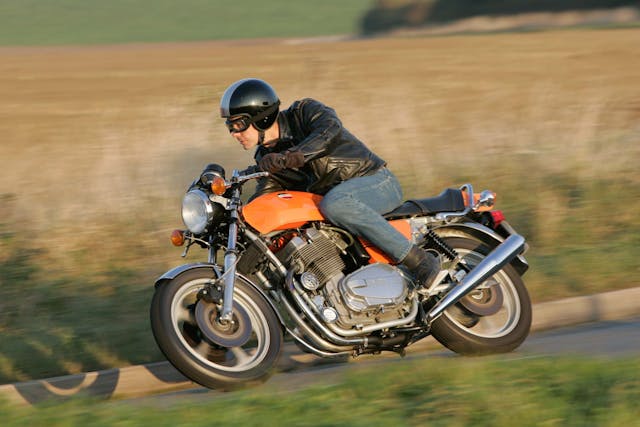
Thankfully the excellent brakes prevented that from happening. The triple Brembo discs, plumbed with braided hose, lived up to the Italian specialist’s reputation. The Metzeler tires provided plenty of grip, too, though I didn’t manage to ground an engine cover, as can happen when the big triple is cornered very hard.
Laverda later improved the Jota’s ground clearance with an updated engine, and even reduced its vibration with a smoother-running, 120-degree (instead of 180-degree, with two pistons up and one down) crankshaft. But the small firm struggled to meet tightening emissions regulations, and suffered a series of financial crises and comebacks before finally disappearing from the scene two decades ago.
Current brand owners Piaggio show no sign of adding Laverda to the list of reborn Italian marques, but the Jota legend endures—as it surely will for as long as thunderous triples like this one are ridden. I finished my blast having enjoyed a bike that was gloriously fast, loud, and aggressive, albeit requiring some chassis fine-tuning in order to approach its full magnificence.
Given that many classic superbikes inevitably fail to live up to their reputations, perhaps it was no bad thing to find a machine that matched its hairy image. If riding this Jota was a bit scary at times, it was also one hell of a thrill.
Check out the Hagerty Media homepage so you don’t miss a single story, or better yet, bookmark it.
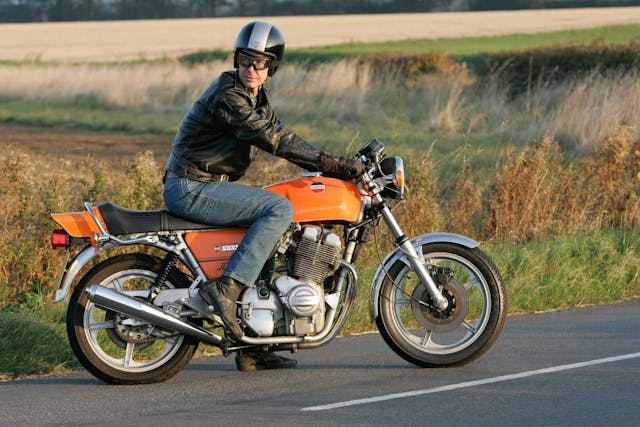
***
1980 Laverda Jota
Highs: Arm-stretching speed, spine-tingling sound
Lows: Palm-blistering vibes, back-straining weight
Summary: More of a ’70s legend than Don Corleone
__
Price: Project, $9700; nice ride, $16,800; showing off, $23,300
Engine: Air-cooled DOHC triple
Capacity: 981 cc
Maximum power: 97 hp @ 8000 rpm
Weight: 522.5 with fluids
Top speed: 140 mph
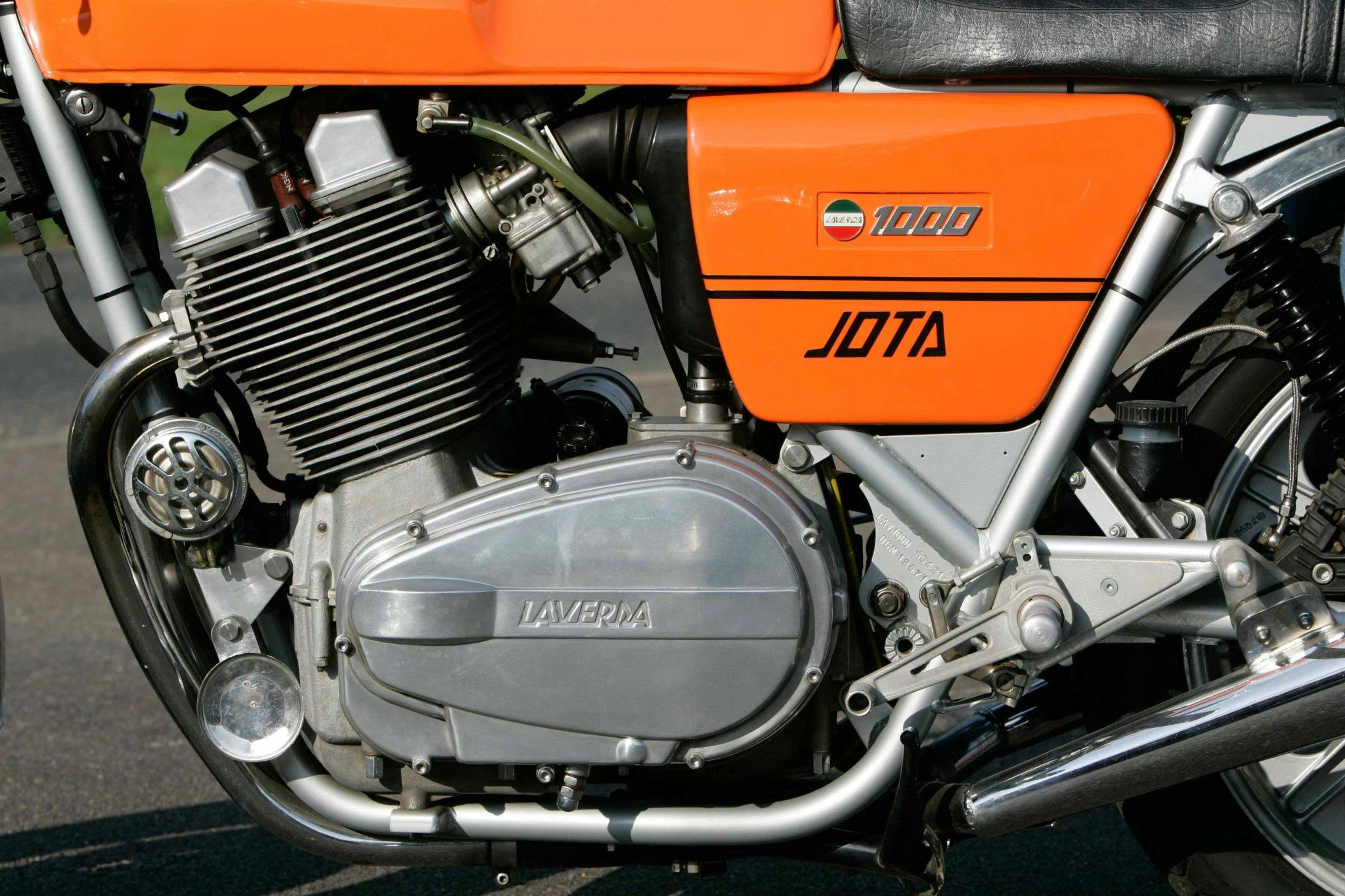
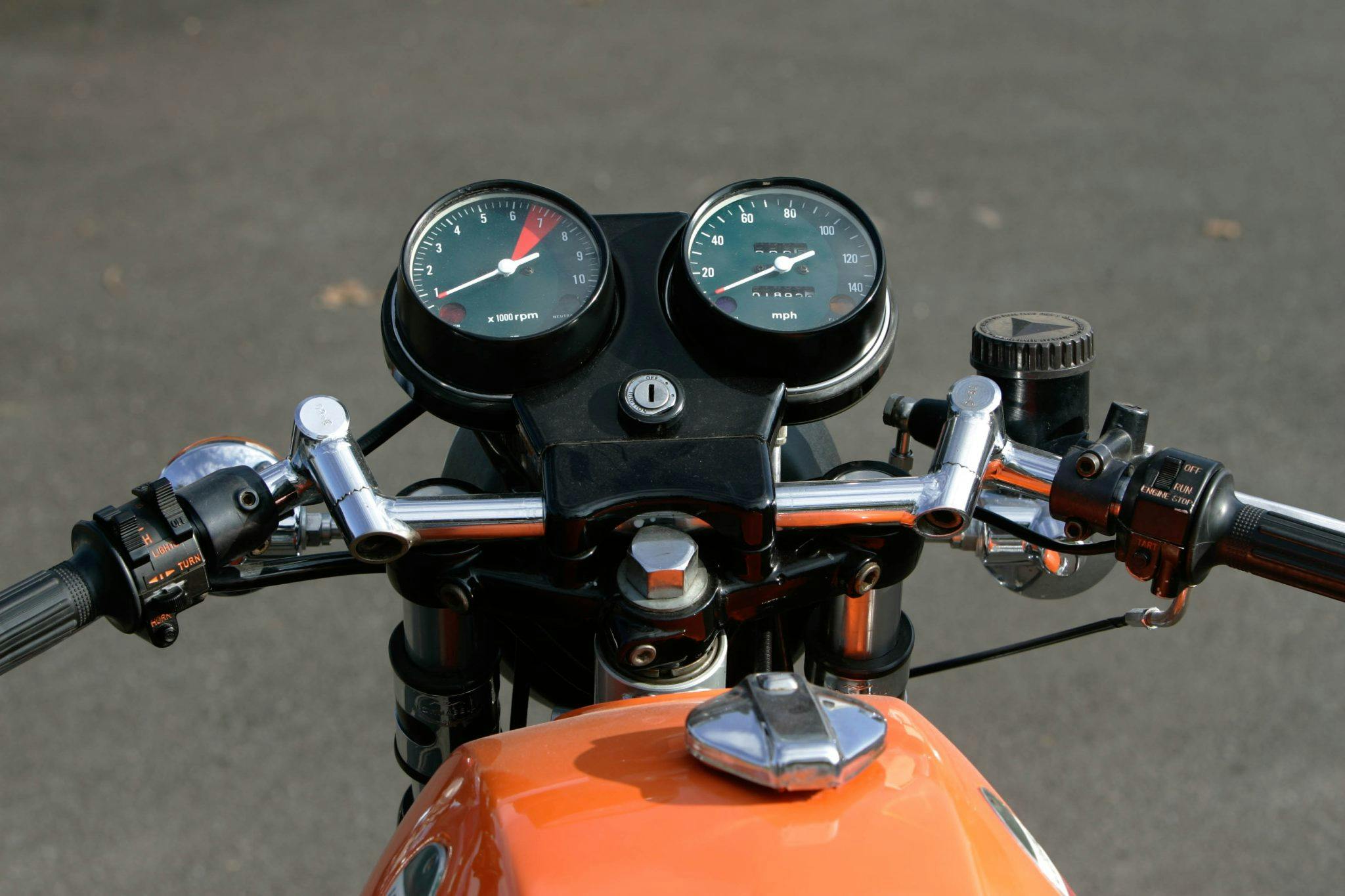
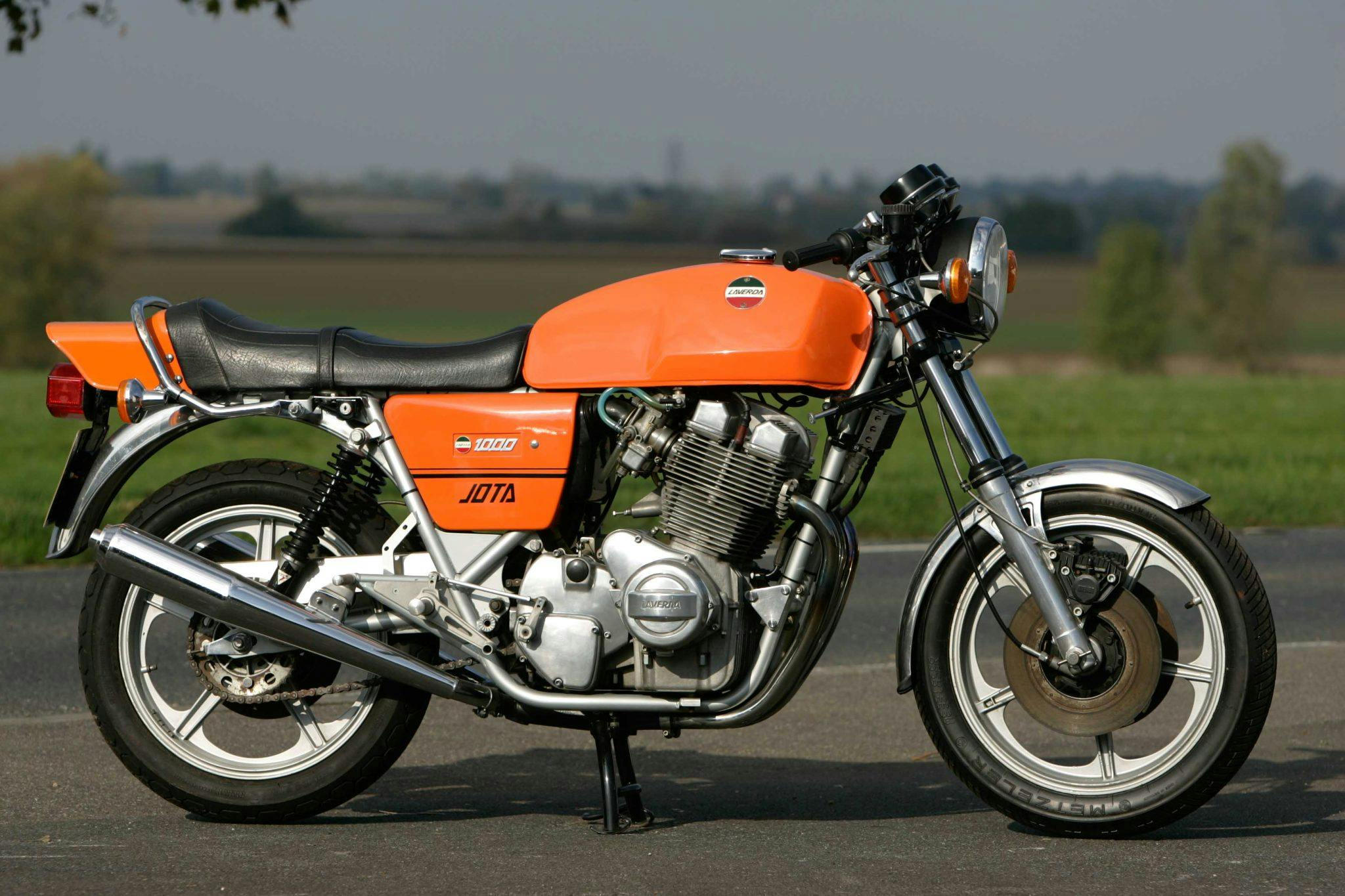
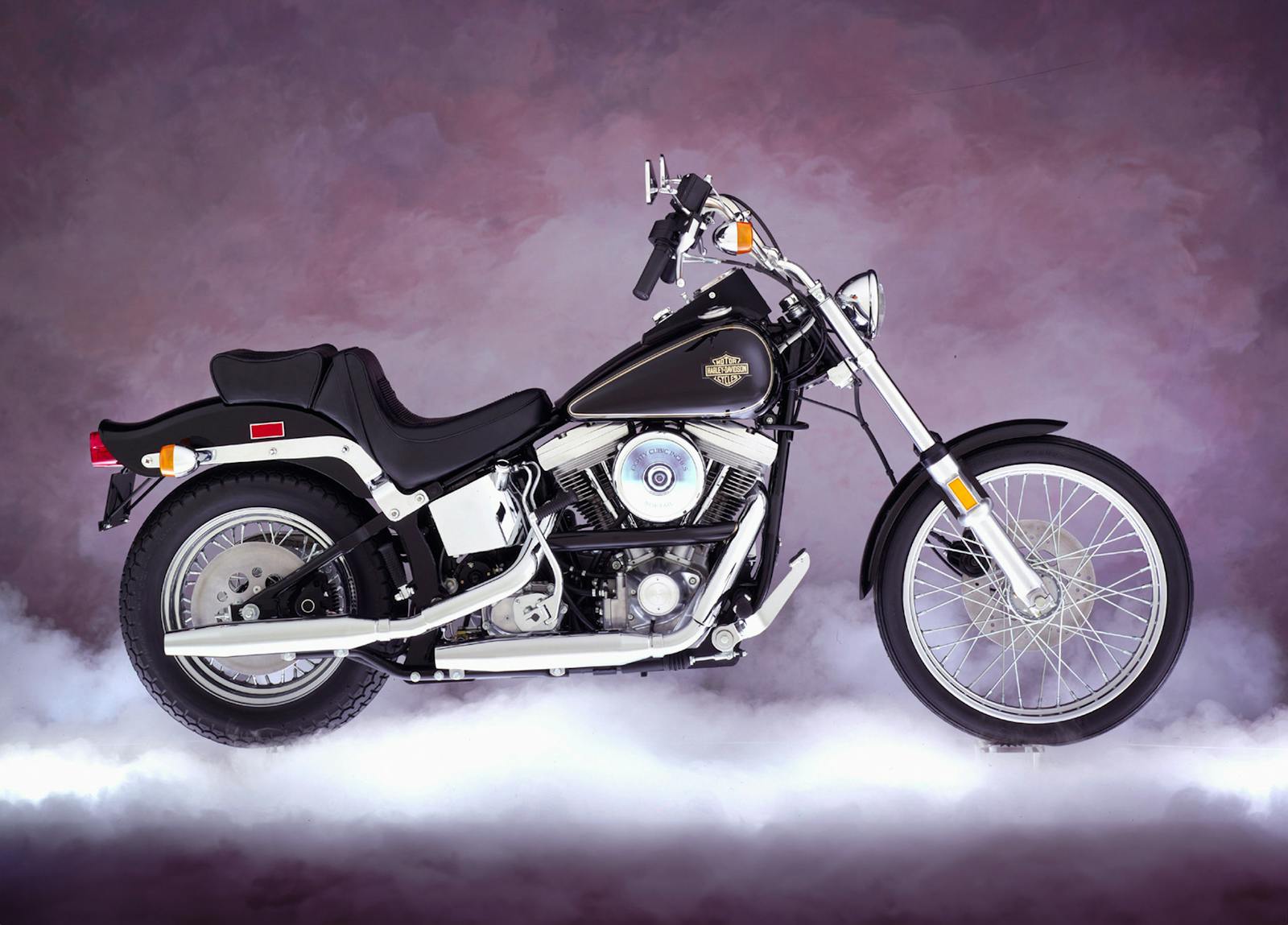
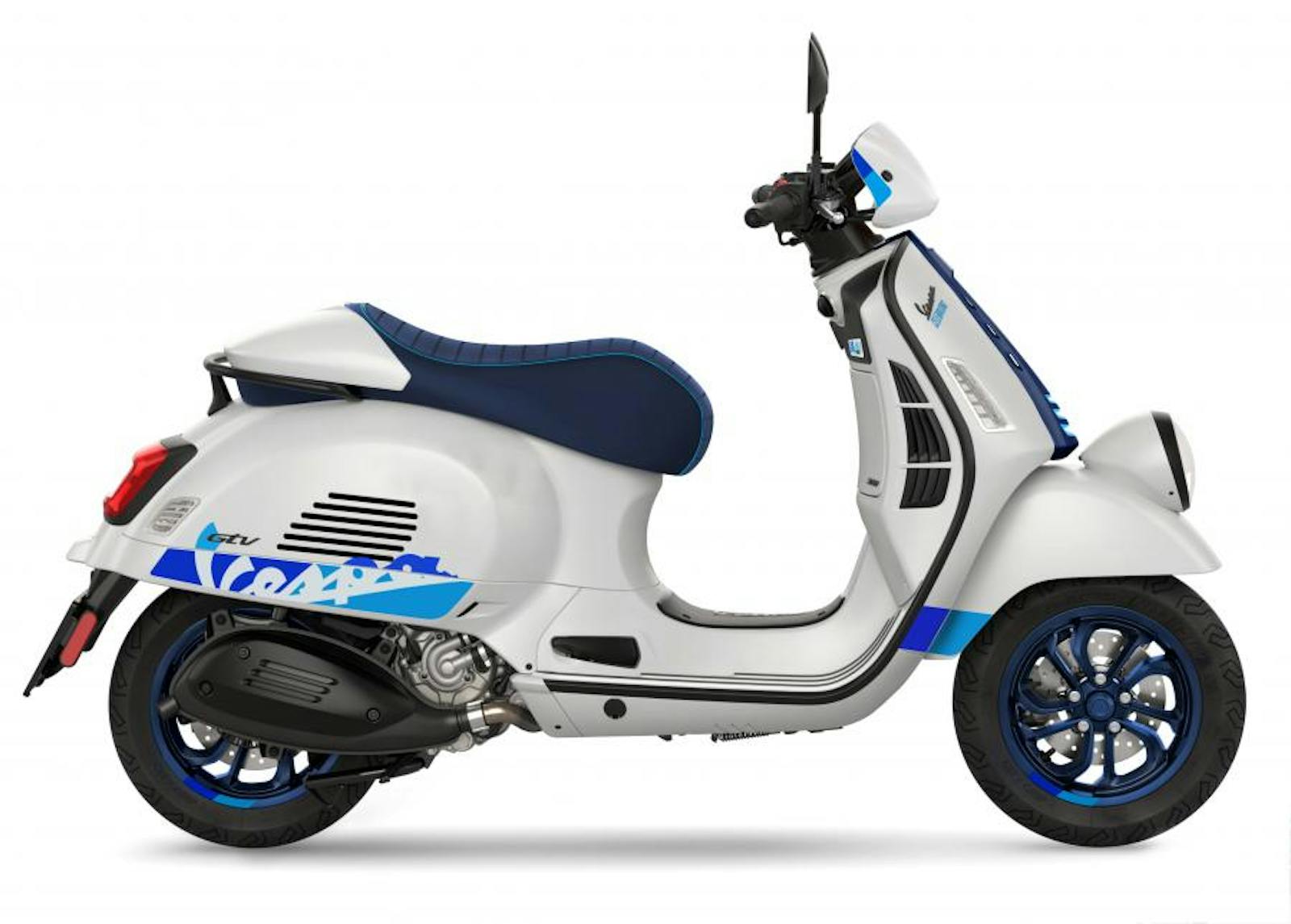
I ran a Laverda specialist shop years back in England called Merlin Factors. We tuned, raced and repaired triple and twins, including the Jots’s baby but crazy little bother the Montjuic, also a Slater concoction. Finically we produced the one and only 1200 Turbo! What a monster. We even made them handle, using specific Pirelli Gordon tyres. We took a SFC Triple to the the Isle of Man, GREAT DAYS AND A LEGEND
Roland Brown? I thought he was dead